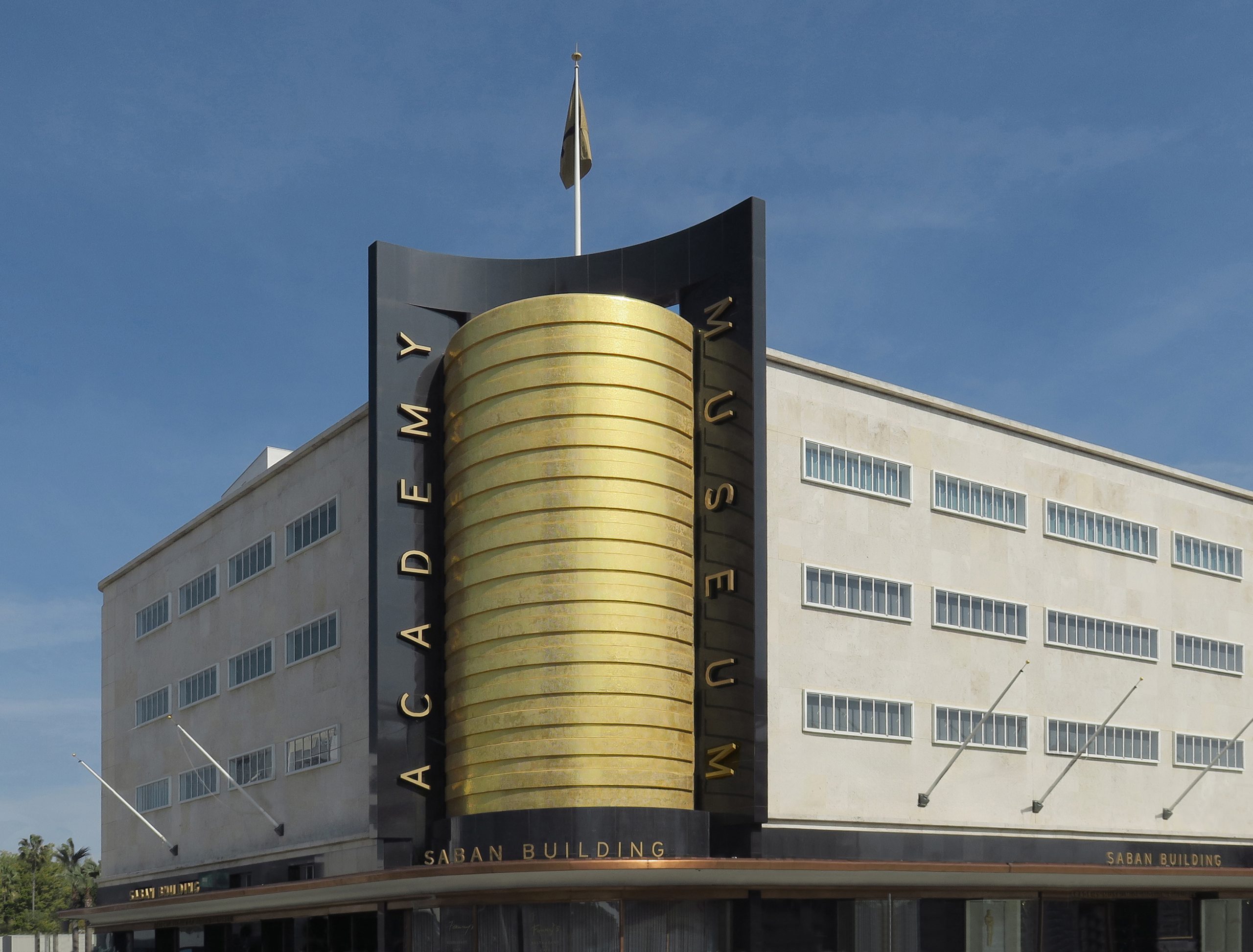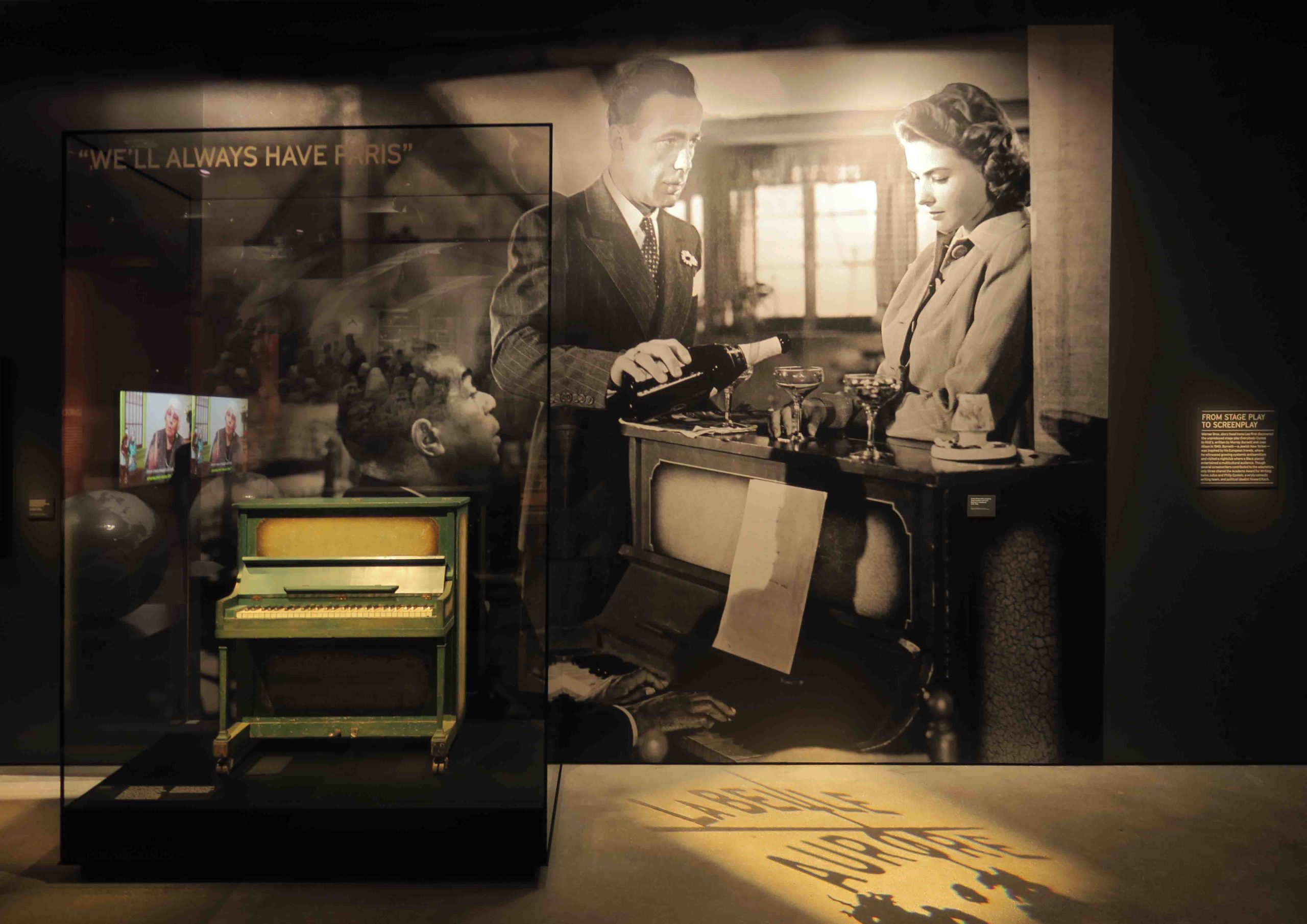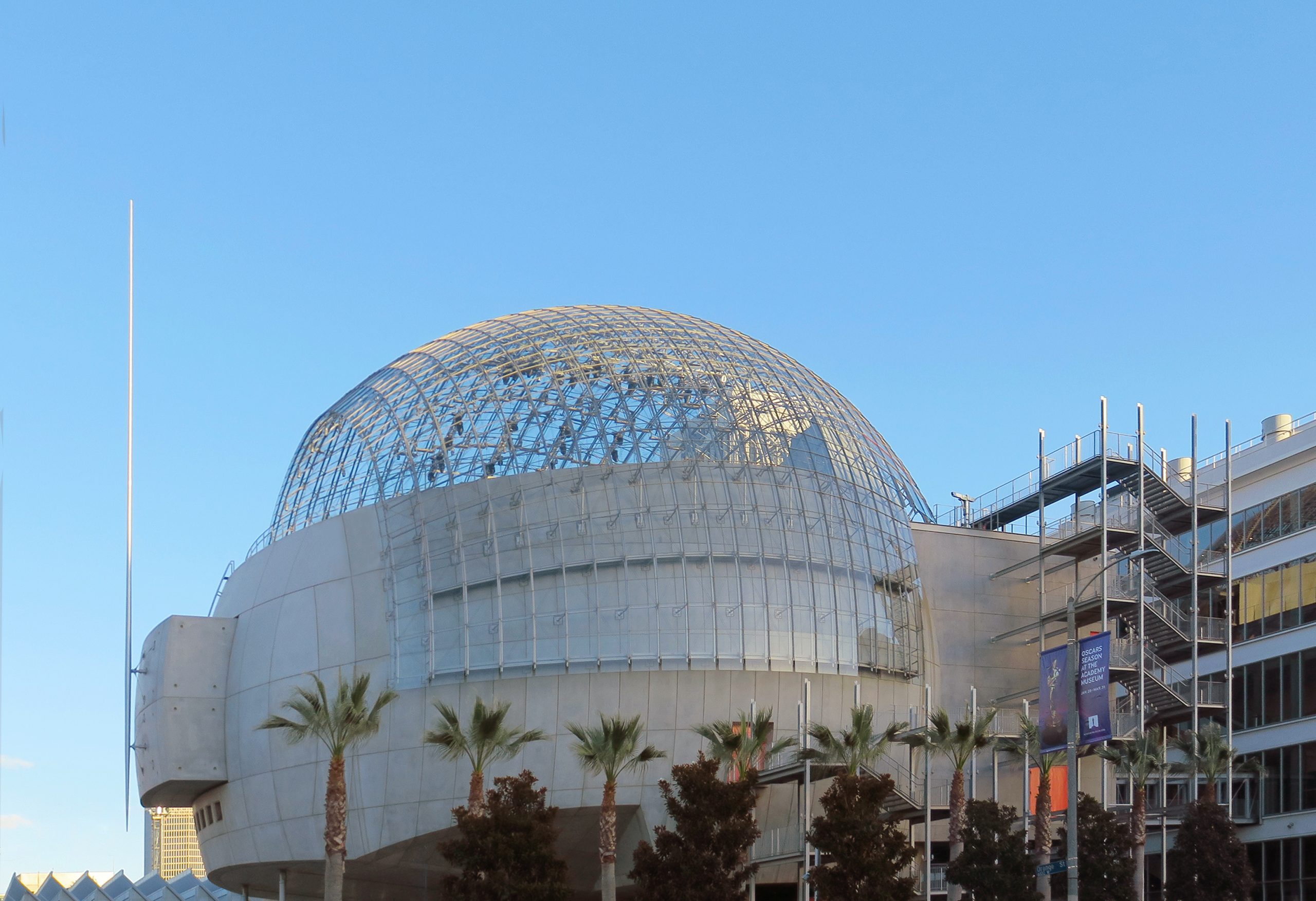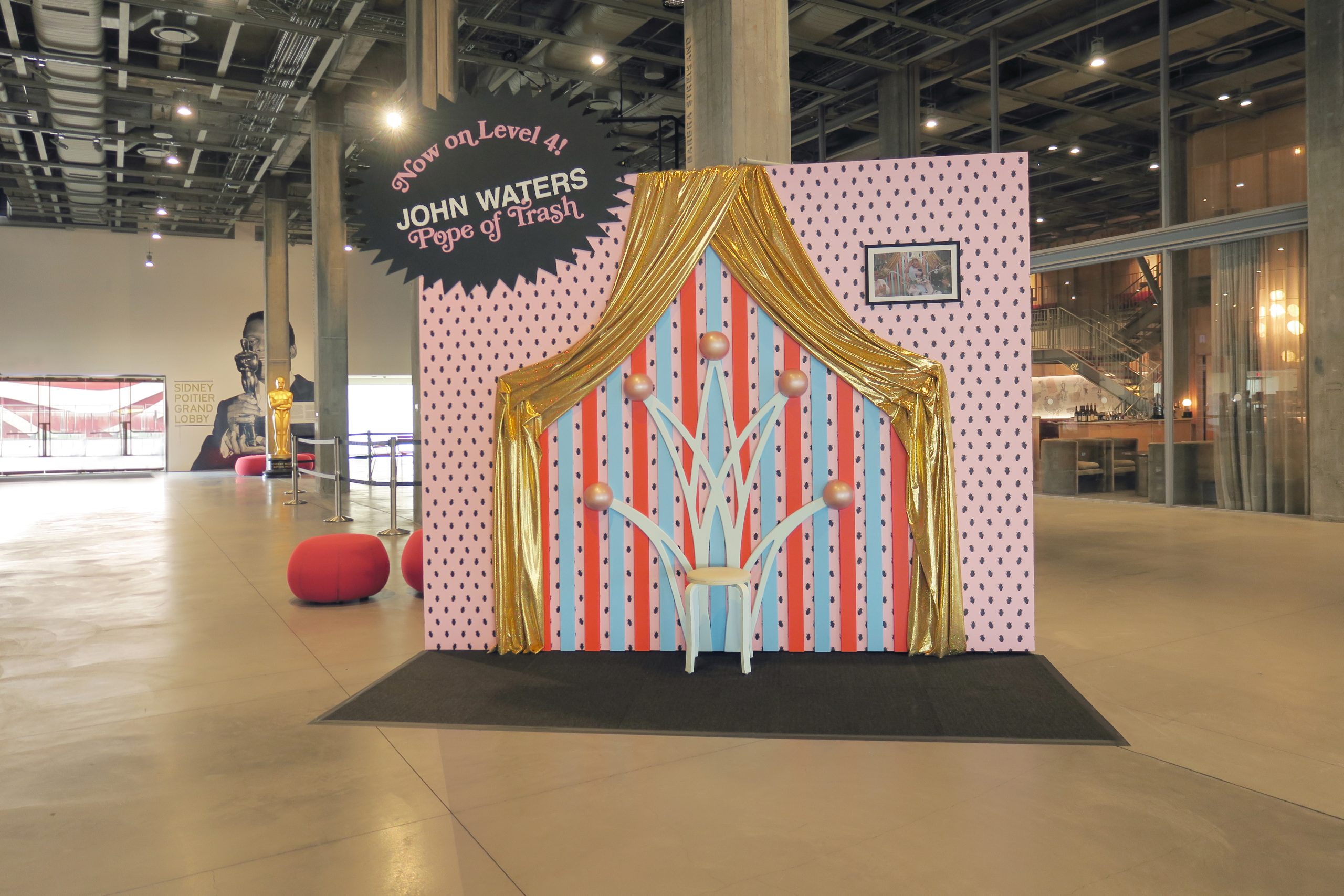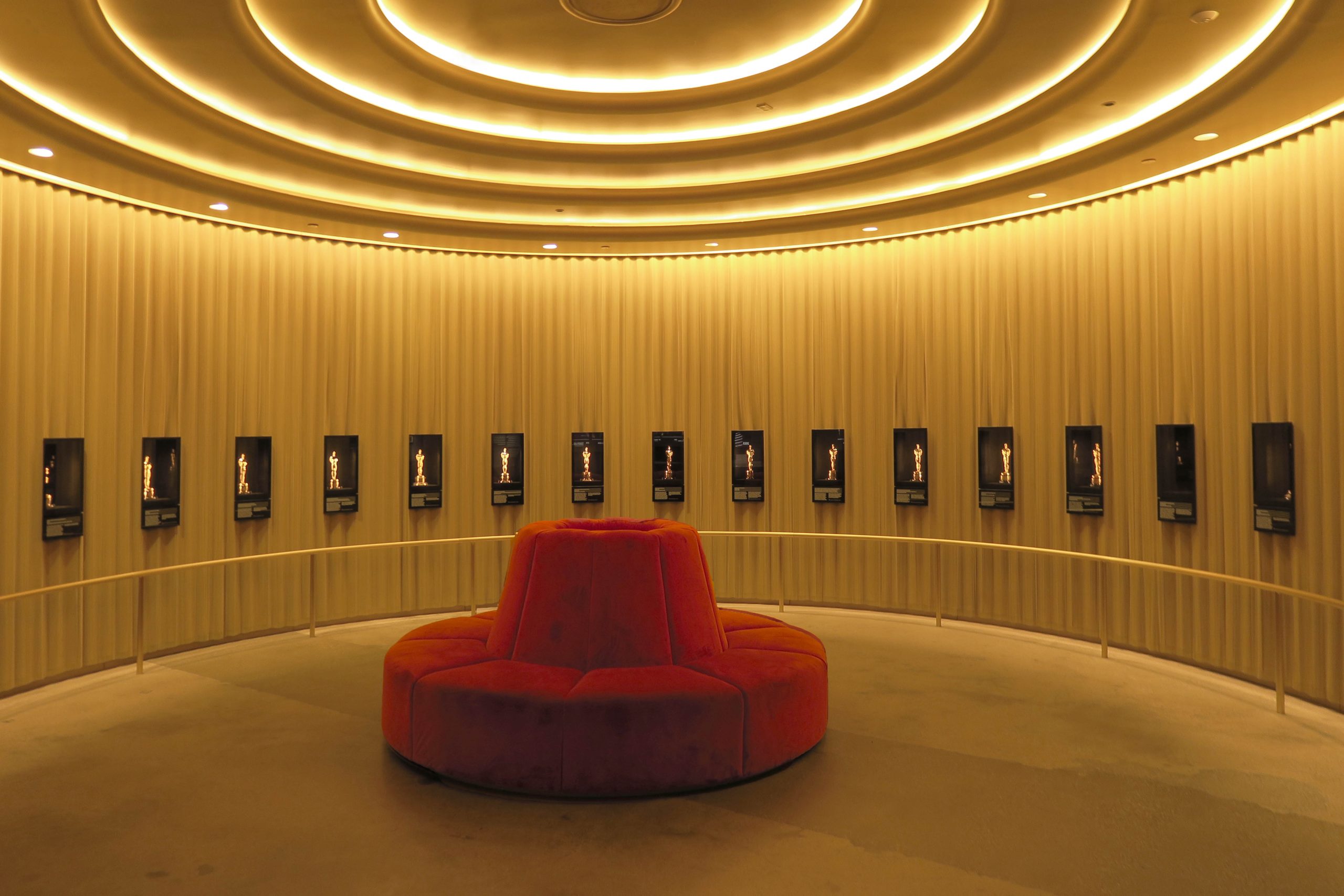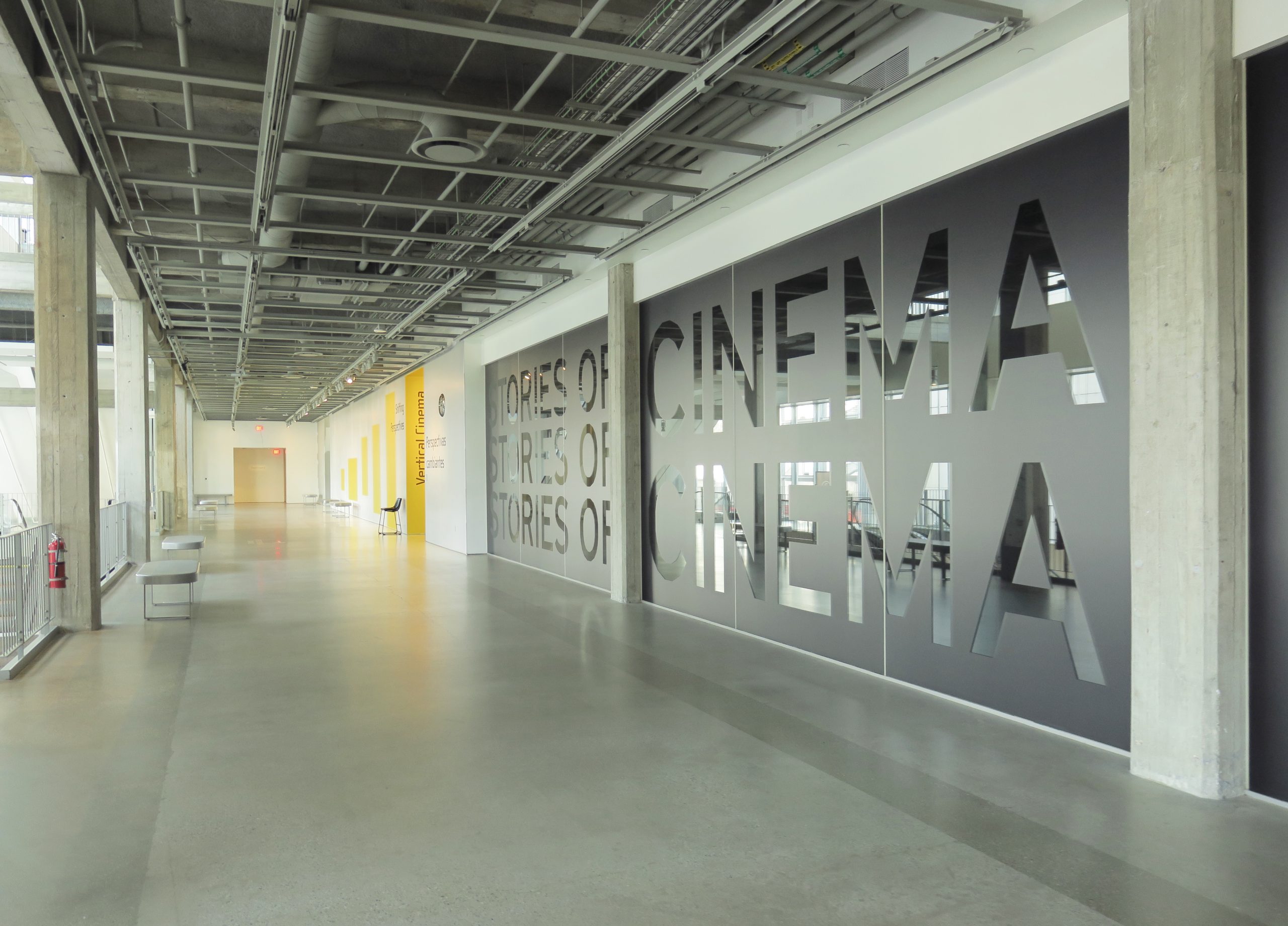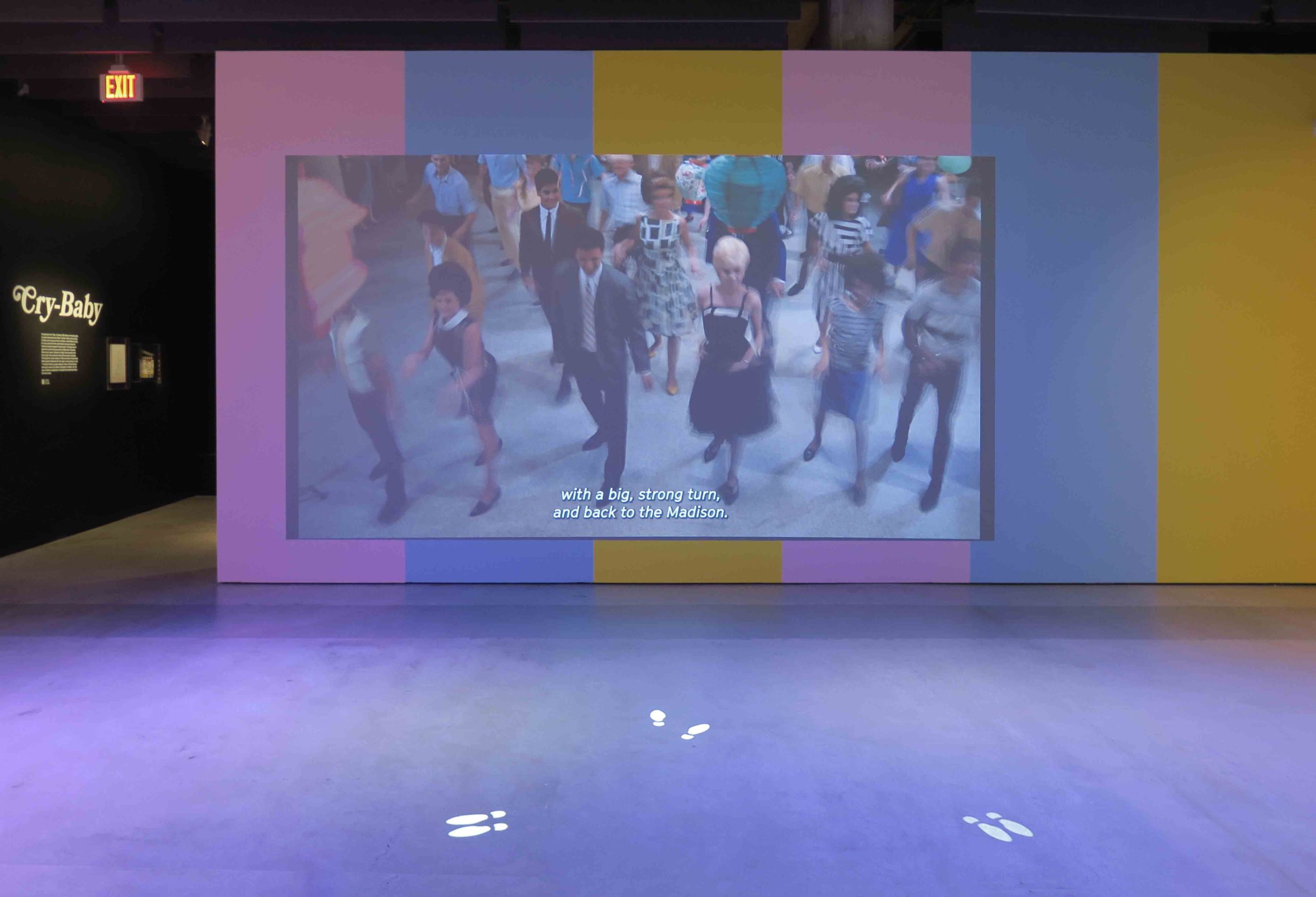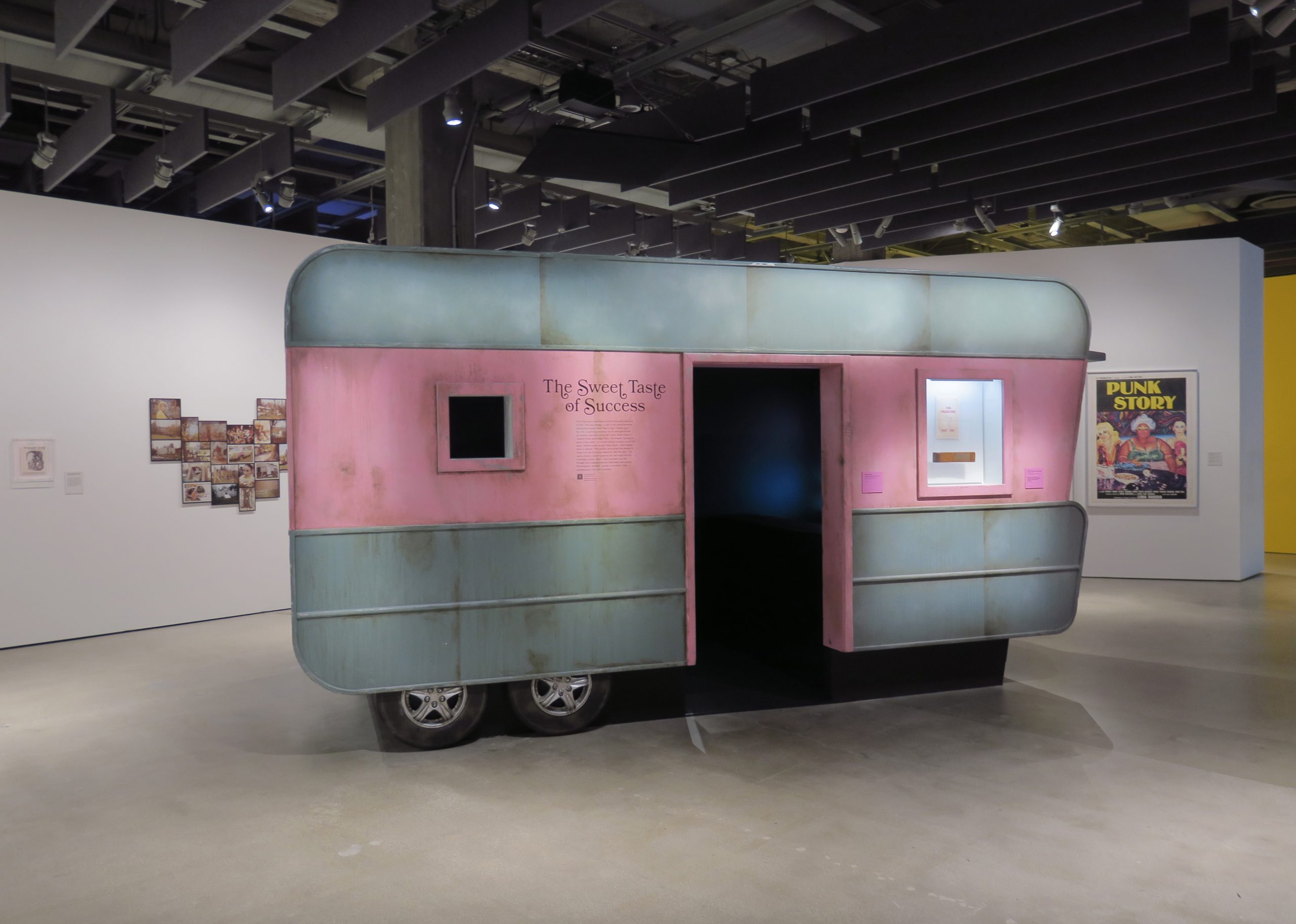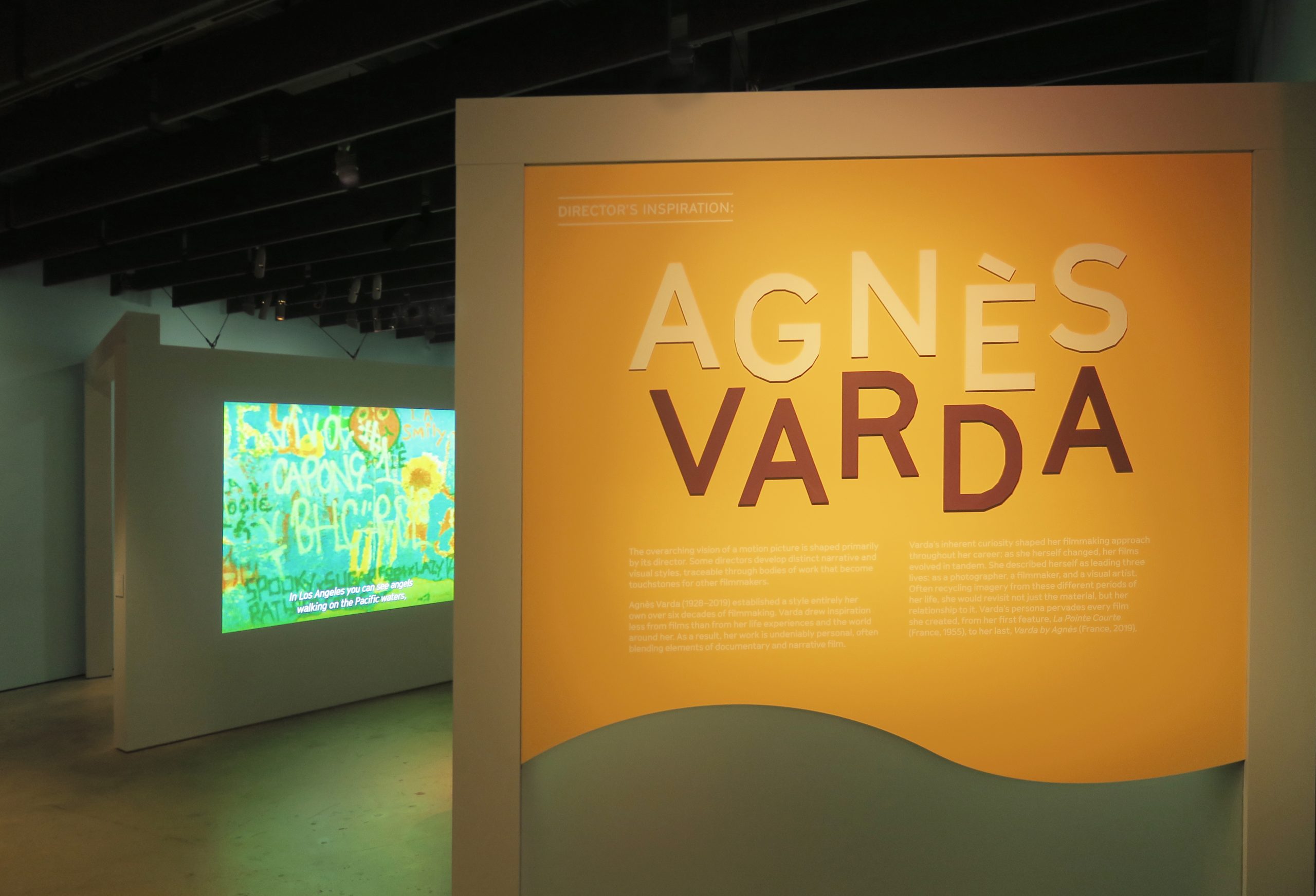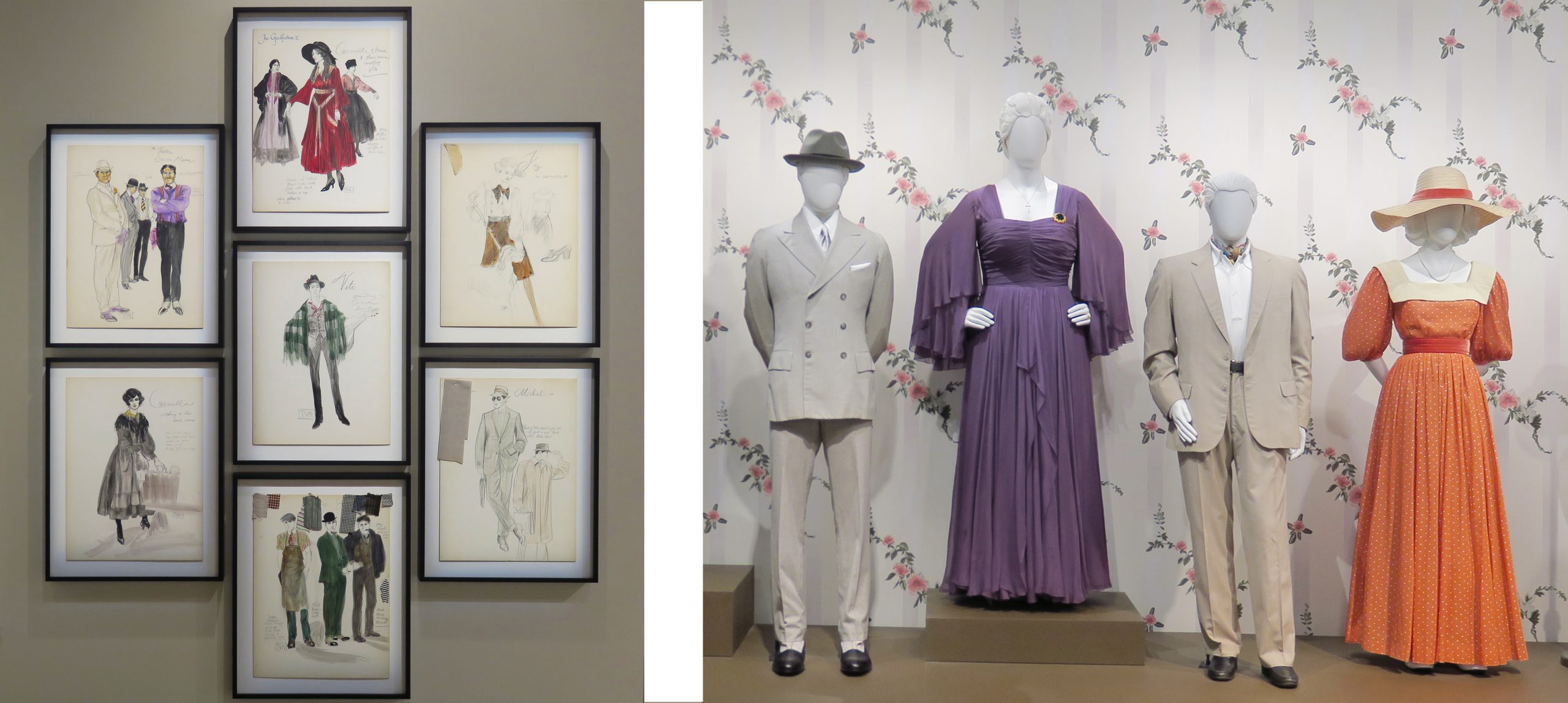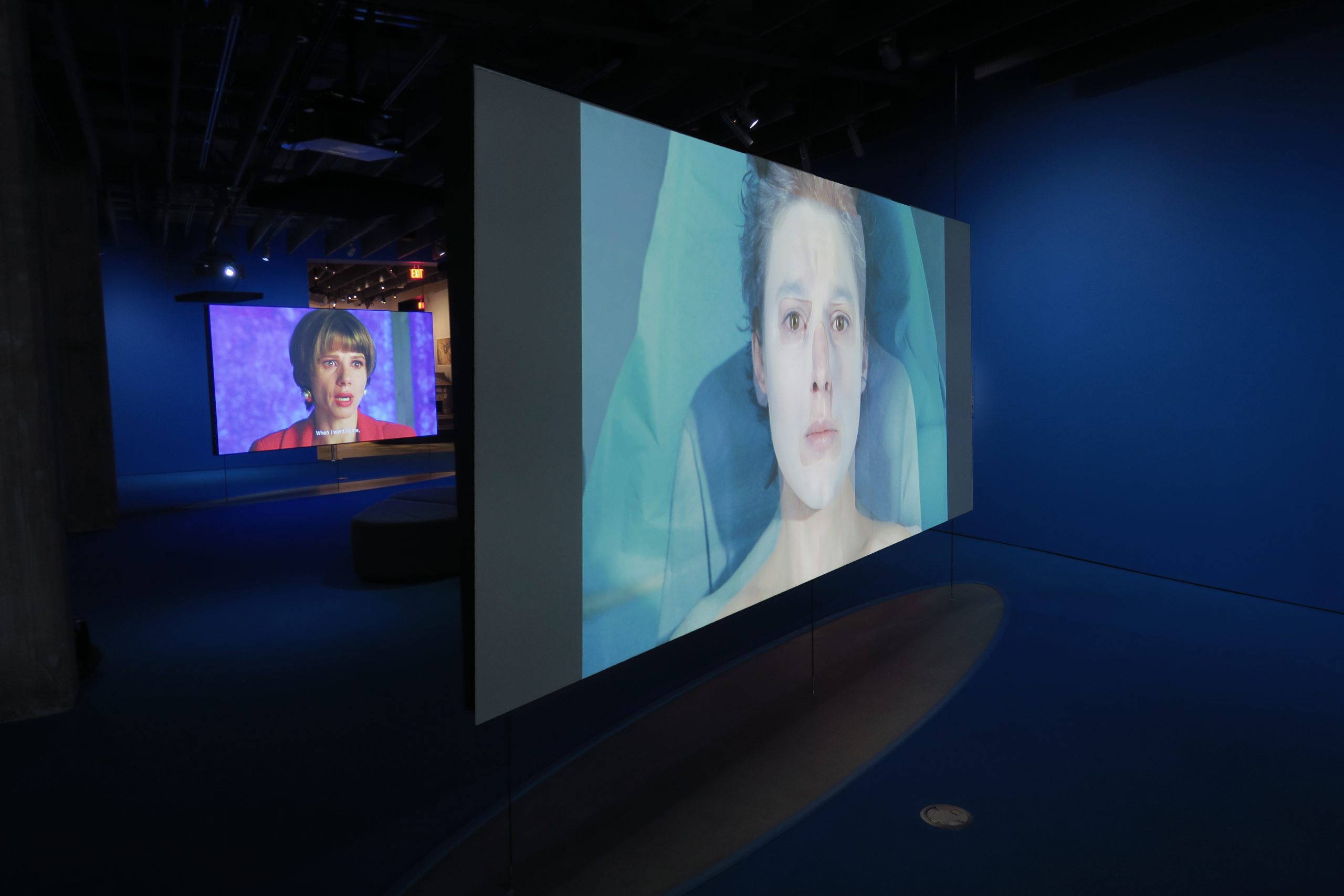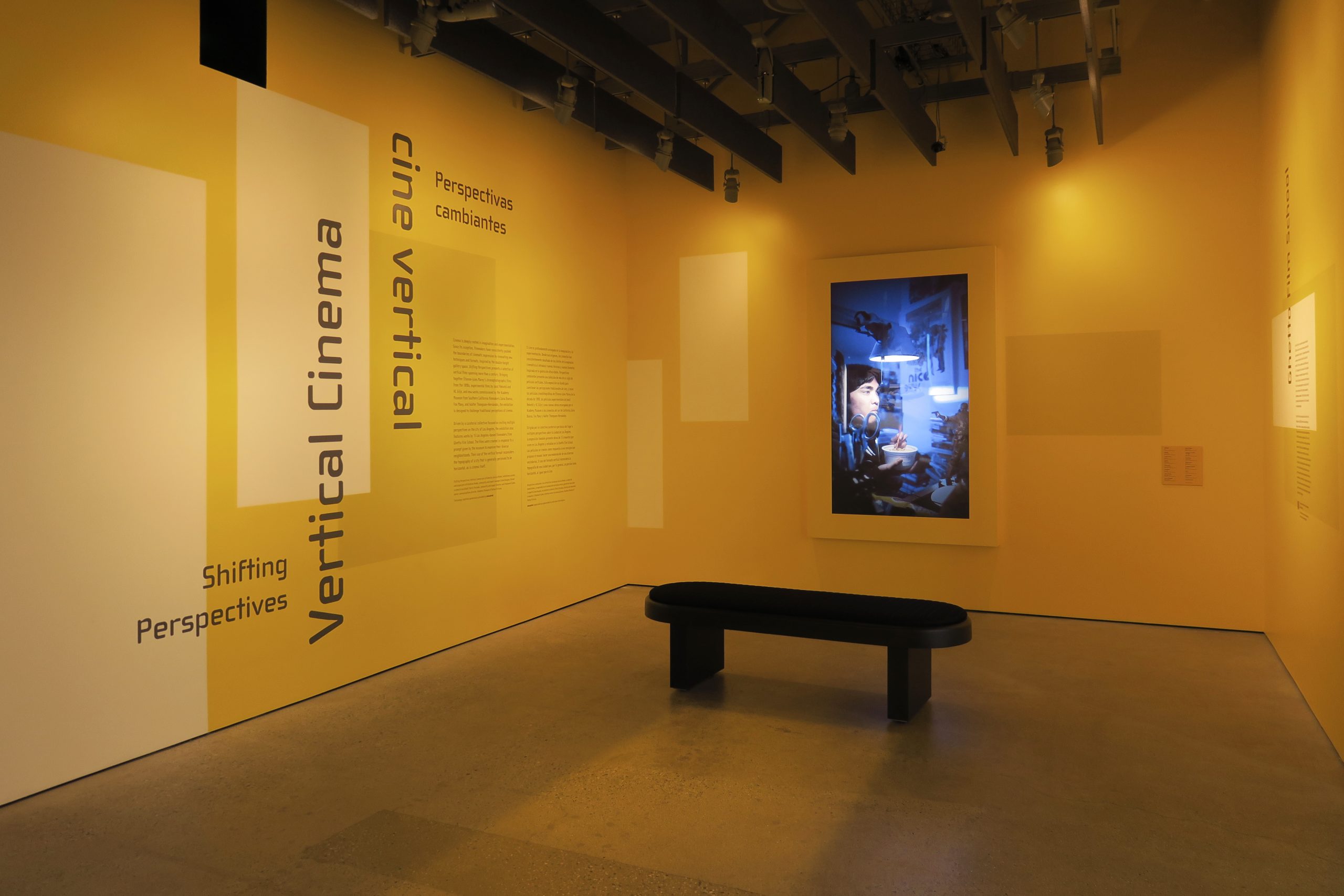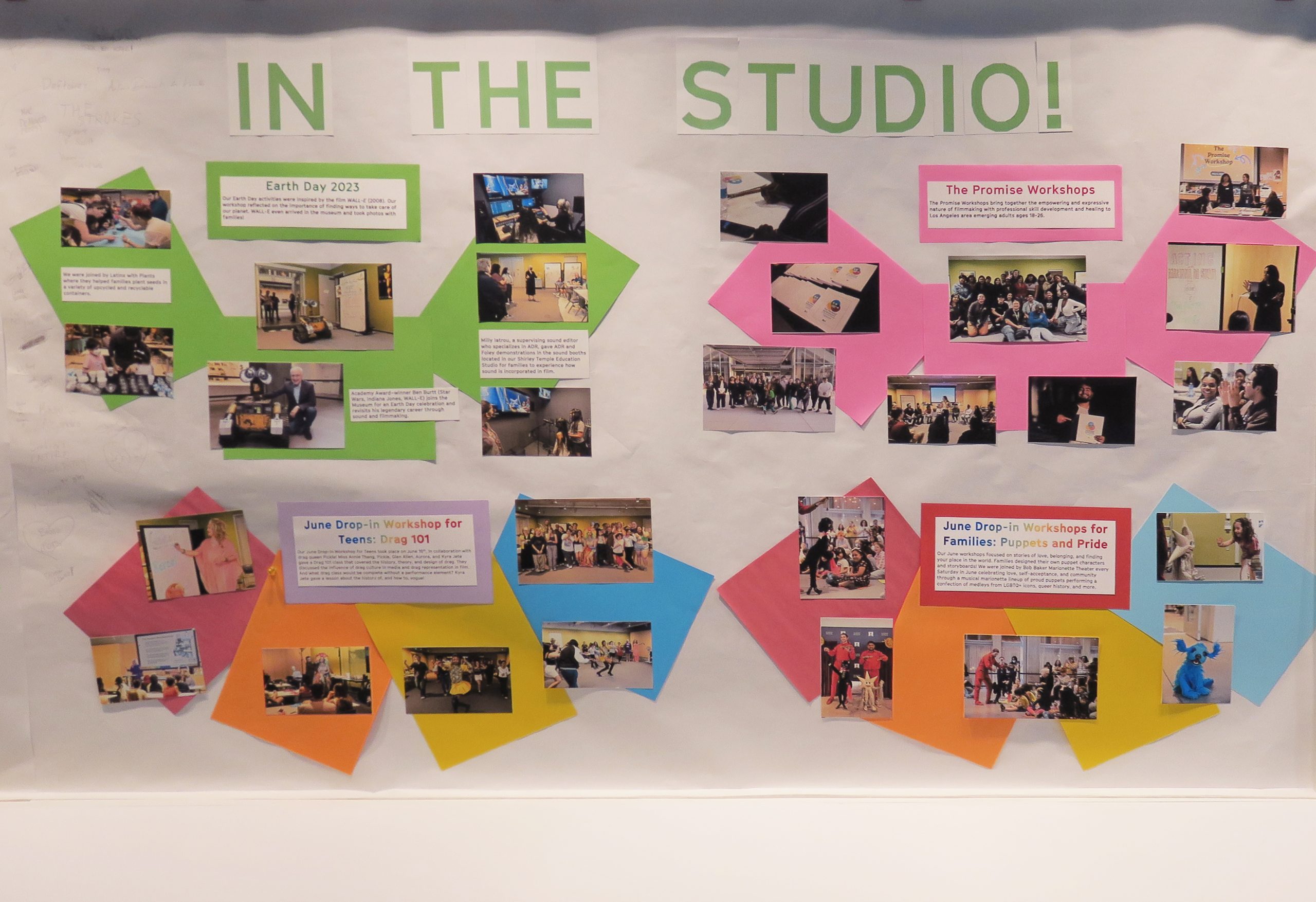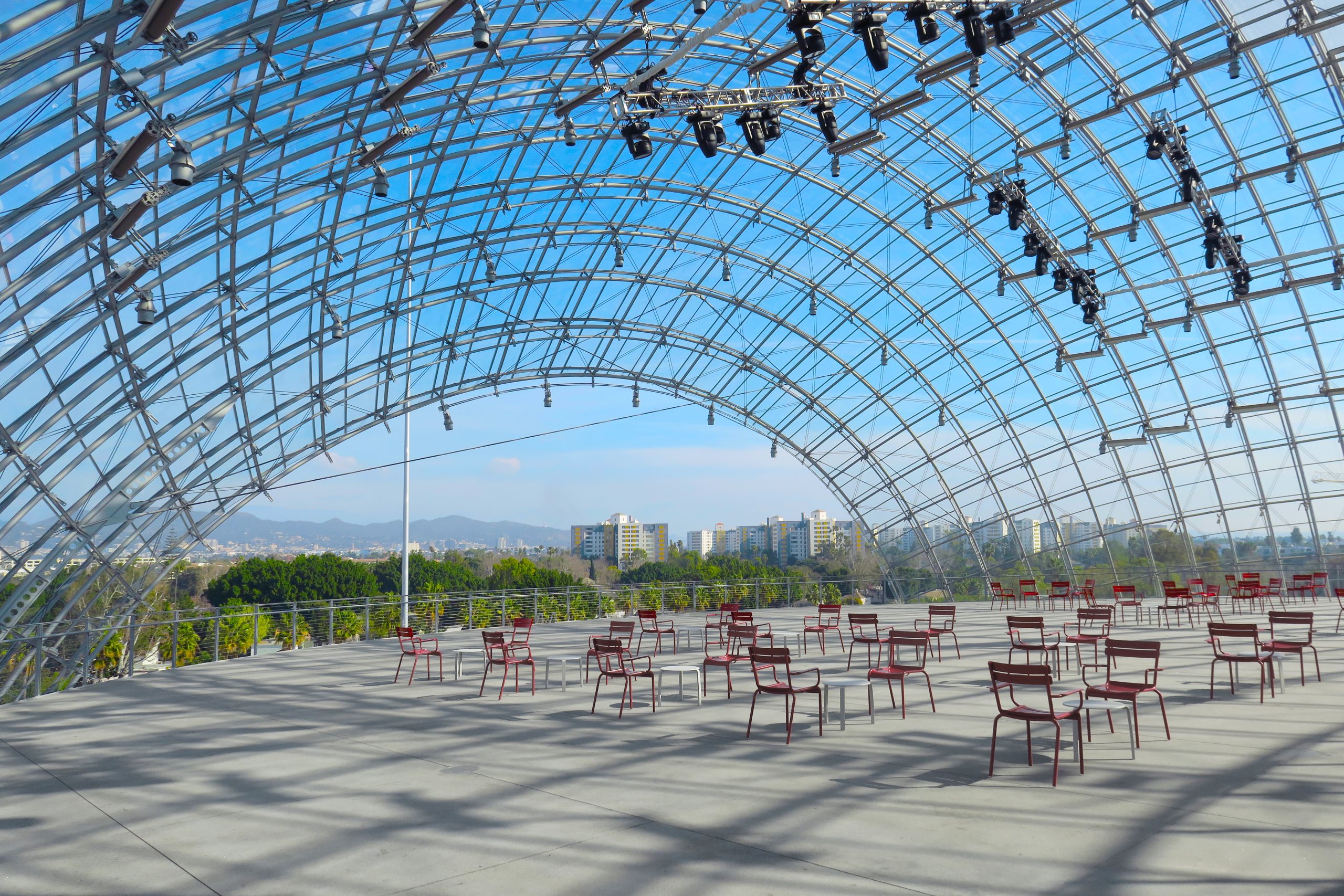Moviemaking is a cultural expression deeply associated with the United States, so it’s no surprise that one of the largest museums dedicated to that craft would have sprung to life right here in America, and, more precisely, of course, in Los Angeles, a city forever identified with the art (and business) of film.
Although the Academy of Motion Picture Arts and Sciences (the Oscars) has been in existence since 1927, and talks about a museum have been ongoing for a long time, it was not until 2021 that a proper museum aiming to “advance the understanding, celebration, and preservation of cinema” finally came to be: the Academy Museum of Motion Pictures.
Part of the Museum Row in the Miracle Mile neighborhood and inside the Los Angeles Museum of Art (LACMA) campus, the museum, designed by celebrated architect Renzo Piano is split in two separate buildings that reflects the time travel quality that cinema allows us: one is a 250,000 square foot former May Company department store built in 1939 in the Streamline Moderne style that was popular at the time, and the other is a futuristic 45,000 square foot glass and concrete spherical tour de force new structure known, aptly, as the Sphere Building. Connecting the two is a suspended glass bridge.
Commenting on the uniqueness of the project, Andy Klemmer, founder of the Paratus Group, the company that oversaw the project, said: “This is a great example of adaptive reuse. While the Sphere Building is a beautiful spaceship landed on the LACMA Campus, the restoration of the May Company Building was the larger effort.” Inside the former retail space are now six floors of exhibitions galleries, special events rooms, an educational space, a conservation studio, an art house movie theatre, a café, and a museum store. “After years of disuse, the department store now serves as an active hub of film related activity”.
The Academy is nowadays synonymous with its renown award, the Oscars, the most prestigious award in the film industry. But a visit to the Academy Museum takes the visitor beyond the award glamour to reveal many other facets of the institution, giving a more comprehensive view of the complexities of the movie making process.
Like with any other museums, exhibitions are the main attraction. An ambitious and comprehensive program, including both permanent and rotating exhibits, the exhibitions both celebrate and deconstruct movies magic, unveiling the just so the fascinating world behind and in front of the cameras. Highlights currently on view are “John Waters: Pope of Trash”, “Director’s Inspiration: Agnès Varda”, “The Art of Moviemaking: The Godfather” and “Pedro Almodóvar”, an immersive installation of clips by the iconoclast Spanish filmmaker, featuring a selection of significant clips from his oeuvre curated by Almodóvar himself.
Enhancing the museum’s public outreach are the educational programs. The Promise Workshop, for example, is a 15-week filmmaking workshop geared for young adults (who are paid for their participation) that connects students with established movie industry professionals. Another workshop, the Tactile Filmmaking, focuses on direct-on-film animation techniques on 16 mm film using alternative materials for the moving image collages.
Crowning the Sphere Building, atop the main theatre, is the glass-domed Dolby Family Terrace, an expansive open space, an elevated piazza, if you will, where visitors can sit down, recharge, and enjoy a sprawling 180-degree view of the City of Angels – a perfect and happy ending to an entertaining museum visit!
Featured Photo: The Saban Building housing the Academy Museum of Motion Pictures. Photos by Paul Clemence

